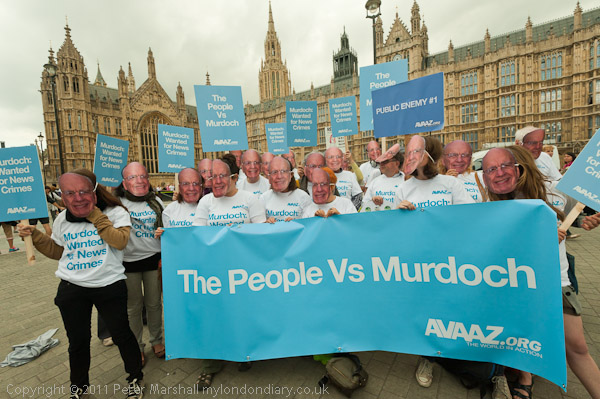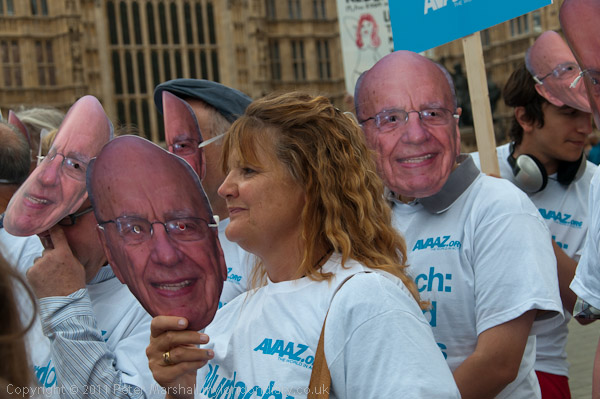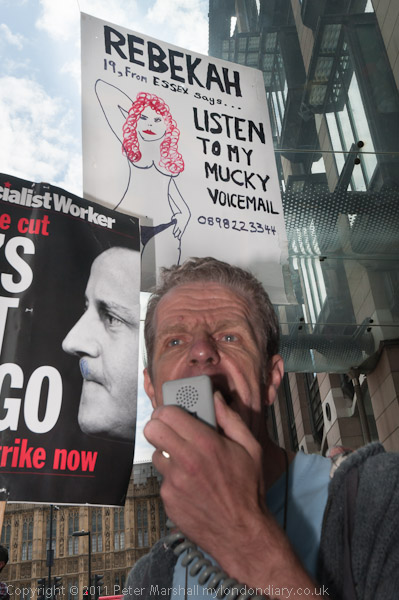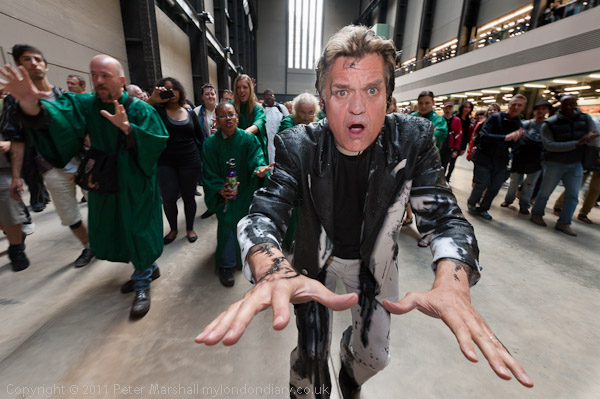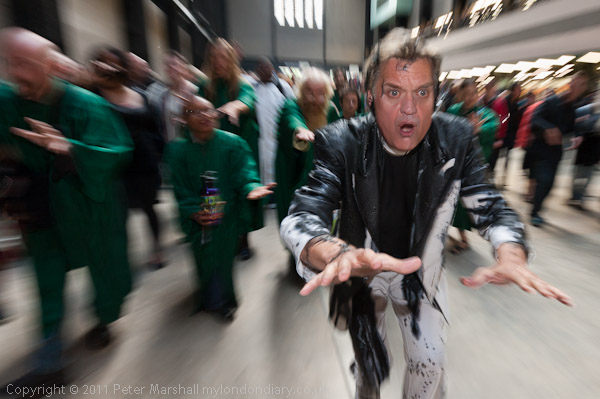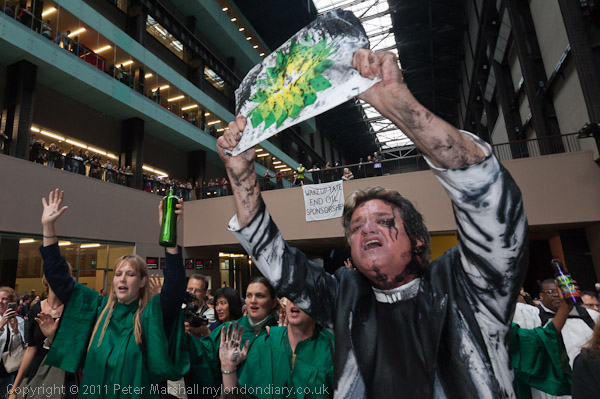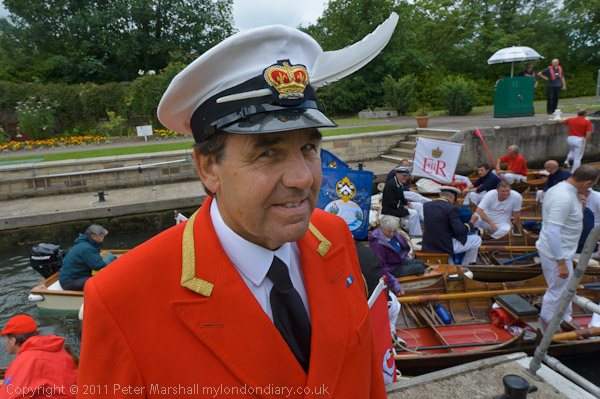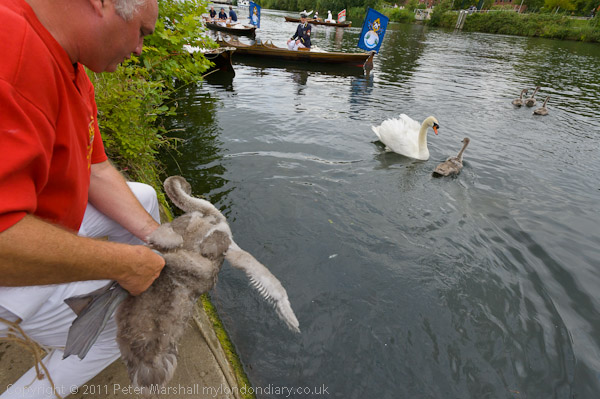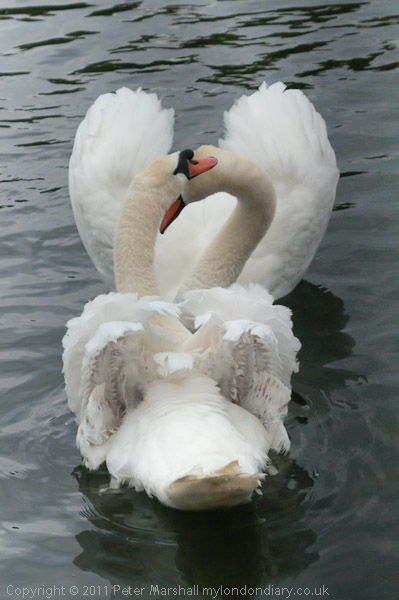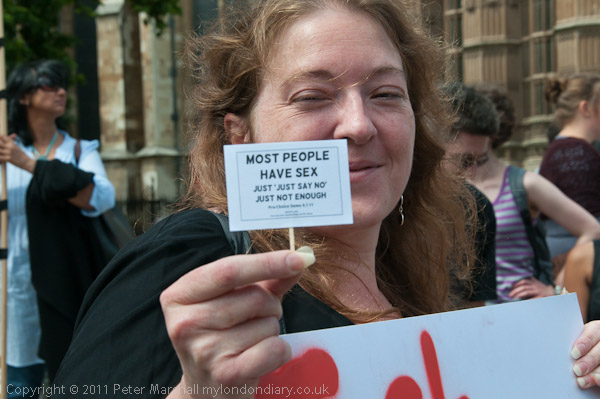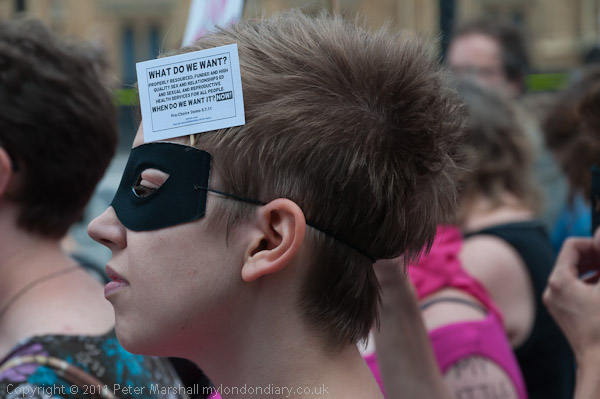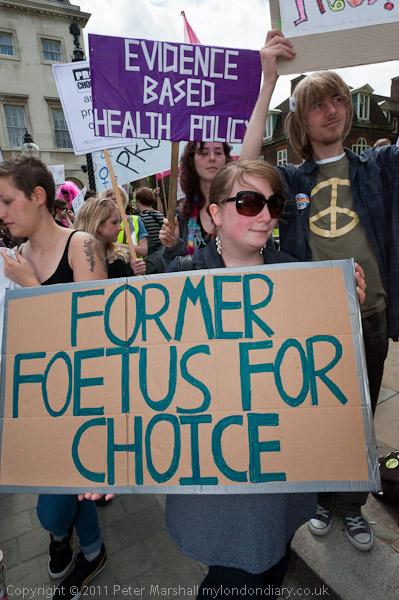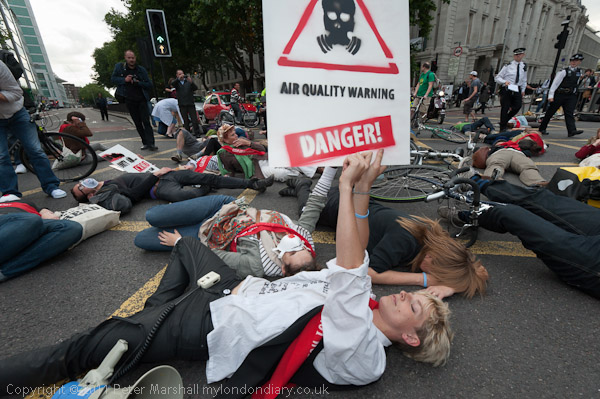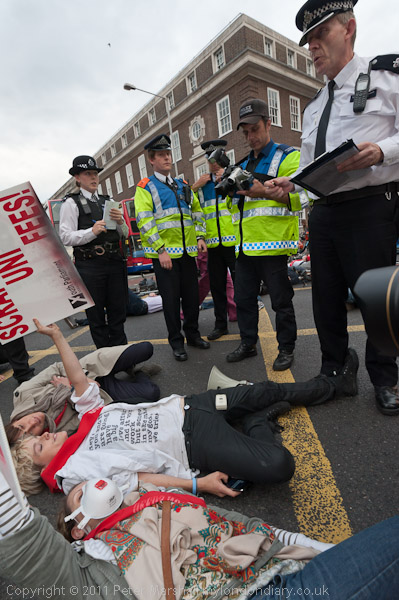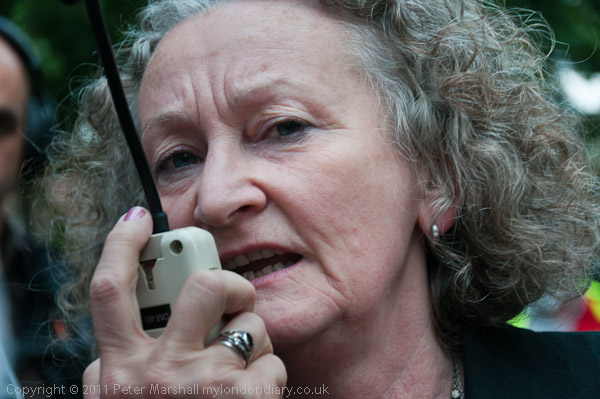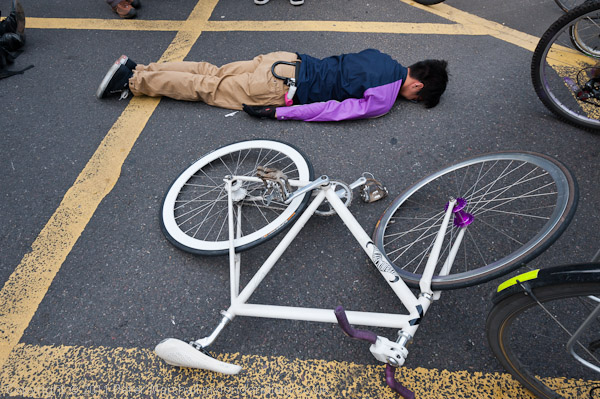People in inner East London boroughs last month began to see bright yellow stickers appearing on lamp posts and other street furniture announcing ‘You are entering a Sharia Controlled Zone – Islamic Rules Enforced’ and a number of symbols banning alcohol, gambling, music concerts, prostitution, drugs and smoking.
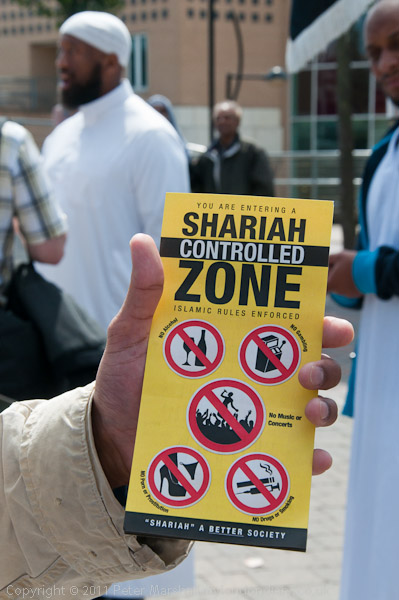
The authorities in these areas have been working hard to remove these stickers, posted by a small fringe Muslim group, but many are worried by this attempt to replace our normal British rule of law by an unofficial and illiberal regime which it would be illegal to attempt to enforce.
There is very little support for Dr Anjem Choudary’s Muslims Against Crusades (MAC) in the Muslim Community, and a few minutes research soon reveals that the other organisations that were listed as backing the march for Sharia Zones and the ‘Islamic Emirate Project’ are the same few people under different names.
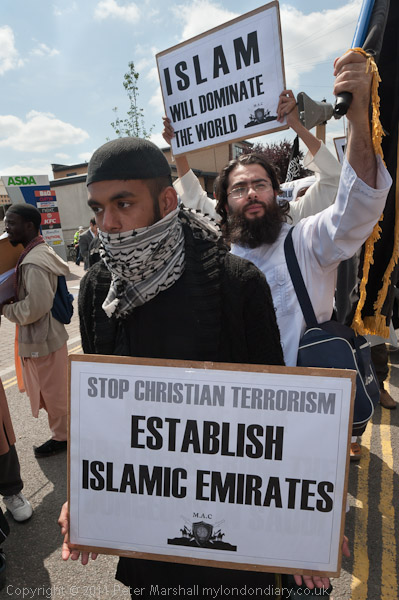
It was noticeable as we went through the streets of Leyton and Walthamstow that although many stopped to watch the noisy protest, hardly a single person – Muslim or non-Muslim – showed any expression of support.
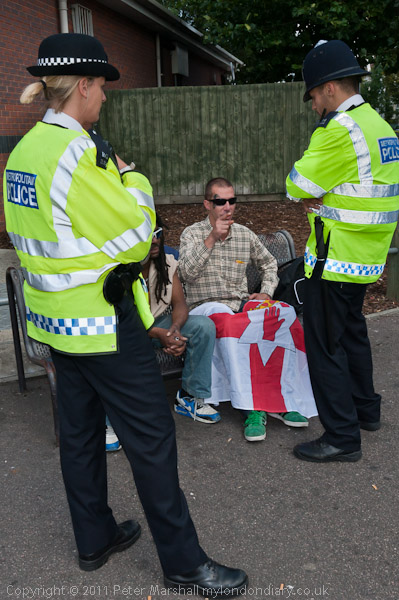
Several right-wing groups had been rumoured to be intending to demonstrate against the MAC march, although many on their forums had suggested it made more sense to stay away and ignore it, and there was a strong police presence – certainly involving more police that the 70 or so protesters. A mile or so from the start two men were sitting on a seat on the opposite side of the road to the march, one holding the old ‘red hand’ Ulster flag still used by Unionists. Two police officers were talking to them, apparently preventing them from making a protest as the march went by.
Another group of people were being held in a pub, the door blocked by several police and a line of officers along both sides of the building. It was not clear to me why police did not allow them to protest outside the building, as there were clearly more than enough police around to prevent any disorder.
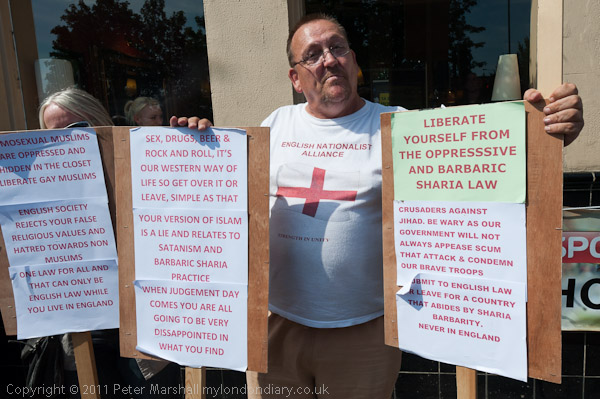
A demonstration was allowed a few yards from the end of the march in Walthamstow, where a thin line of police stood along the roadway as the march went by on the other side. This protest, by the English Nationalist Alliance, led by Bill Baker, had a few placards with lengthy text that the marchers would have needed very good eyesight to read. Their message and tone was rather different to some of the insults and gestures made by the protesters as the Muslim march was passing.
I had few difficulties photographing the event, except for the length of the march, which seemed excessive, partly because it was taken very slowly. There really was not a great deal happening most of the time. I was greeted with a few jibes by the ENA, who accused me of being biased against them. The comment originally came when they confused me with another photographer who had also written an article for Demotix on one of their marches; I had reported the event accurately, but he had not, and Mr Baker quoted from his report but attributed it to me.
I don’t share many of the attitudes of the ENA or other English nationalist groups, but like them I think there is no place for Sharia law in this country. It’s perhaps a shame that other groups such as ‘One Law For All’ which oppose Sharia have not been more active on the streets, and that the great majority of moderate Muslims are also not more visible in their opposition to people like Dr Choudary.
More pictures and text: Muslim Extremists March For Sharia Zones
